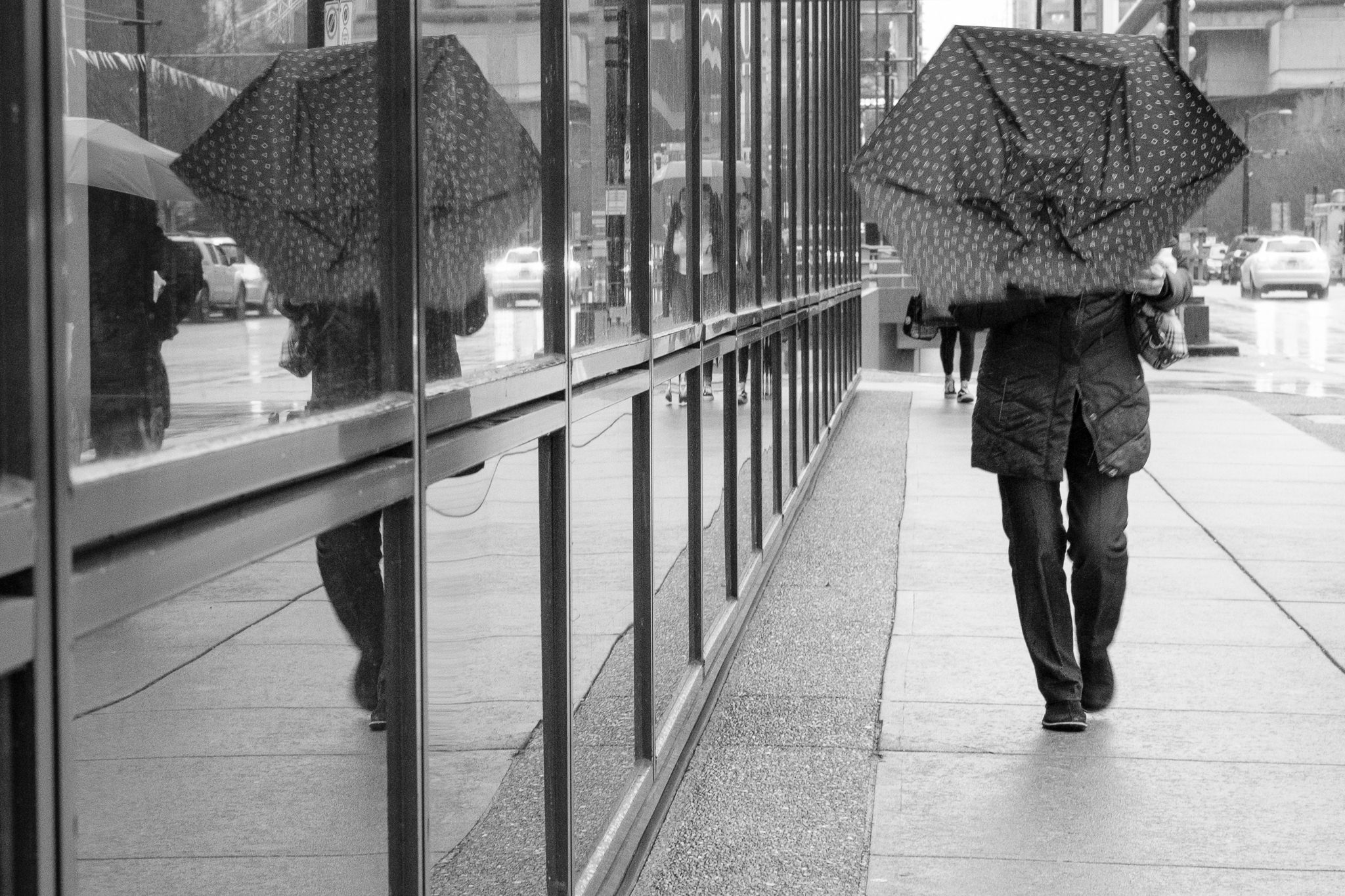Framing Streets for Beginners
Wiki Article
See This Report on Framing Streets
Table of ContentsNot known Factual Statements About Framing Streets About Framing StreetsSome Known Facts About Framing Streets.Framing Streets Things To Know Before You Get ThisFraming Streets - QuestionsThe 5-Minute Rule for Framing Streets
Digital photography category "Crufts Canine Program 1968" by Tony Ray-Jones Street photography (additionally often called honest photography) is digital photography carried out for art or inquiry that includes unmediated possibility encounters and random incidents within public places, normally with the purpose of catching images at a definitive or touching moment by cautious framework and timing. 
, that was motivated to embark on a comparable paperwork of New York City. As the city developed, Atget aided to advertise Parisian streets as a worthy topic for photography.

Things about Framing Streets
Martin is the initial taped professional photographer to do so in London with a disguised video camera. Mass-Observation was a social study organisation founded in 1937 which intended to videotape everyday life in Britain and to tape the responses of the 'man-in-the-street' to King Edward VIII's abdication in 1936 to marry divorce Wallis Simpson, and the sequence of George VI. In between 1946 and 1957 Le Groupe des XV annually exhibited work of this kind. Andre Kertesz. click here now Circus, Budapest, 19 May 1920 Road digital photography created the major content of two exhibits at the Gallery of Modern Art (Mo, MA) in New york city curated by Edward Steichen, Five French Photographers: Brassai; Cartier-Bresson, Doisneau, Ronis, Izis in 1951 to 1952, and Post-war European Photography in 1953, which exported the concept of street photography worldwide.
Excitement About Framing Streets
, after that a teacher of young kids, connected with Evans in 193839.'s 1958 book,, was considerable; raw and frequently out of emphasis, Frank's photos examined conventional digital photography of the time, "tested all the official policies laid down by Henri Cartier-Bresson and Pedestrian Evans" and "flew in the face of the wholesome pictorialism and genuine photojournalism of American magazines like LIFE and Time".Report this wiki page